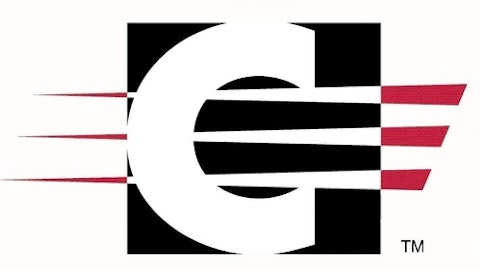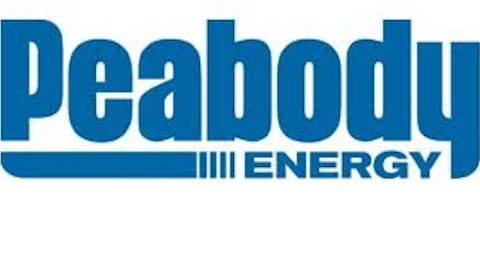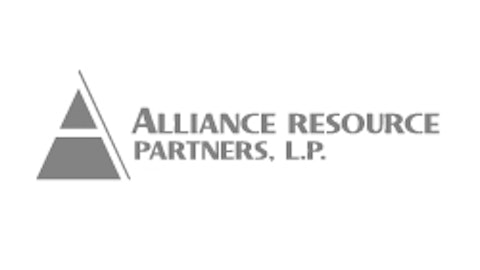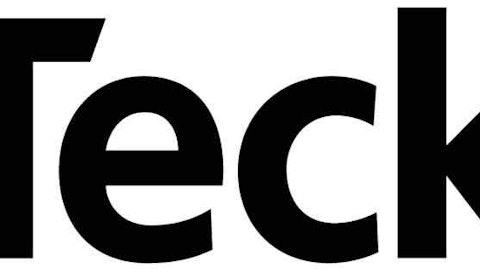Although it remains the country’s largest private sector provider of jobs, the U.S. coal industry is hurting. Domestic utilities are turning to lower-priced natural gas. Environmental opponents are working hard to keep the mineral in the ground. Coal companies have attempted to compensate by reining in costs and ramping up exports. Will it work?

Cheaper and cleaner natural gas has cut coal’s share of U.S. electricity generation from 50% to less than 40% over the past decade. Outside pressures have mounted at the same time, making hopes of a domestic recovery a pipe dream.
In response, top tier coal producers such as Peabody Energy Corporation (NYSE:BTU), Alpha Natural Resources, Inc. (NYSE:ANR) and Arch Coal Inc (NYSE:ACI) trimmed capital expenses and sliced production — which dropped 7% year over year in 2012 to the lowest level in two decades.
With U.S. consumption expected to rise only modestly over the next few years, exports are the only growth engine available to the beleaguered industry.
Coal companies work to increase their opportunities
Peabody Energy Corporation (NYSE:BTU), the top U.S. producer by revenue, is already the most global of its peers with an operation in Australia that allows it to easily ship coal to Asian markets. It has also been securing additional shipping capacity at home, such as the deal it signed last year with Kinder Morgan Energy Partners LP (NYSE:KMP) to boost its presence at their Houston terminal. All of this paid off with record export volumes in 2012.
Number-three producer Alpha Natural Resources, Inc. (NYSE:ANR) has become the largest U.S. exporter of metallurgical coal, a primary component in steel making, by expanding access to shipping points. Last year it exported 20% of its production, representing 40% of total revenue.
Number-four producer Arch Coal Inc (NYSE:ACI) also has deals with several terminal operators, including Kinder Morgan Energy Partners LP (NYSE:KMP), which is spending $400 million to expand the facilities it operates along the Gulf of Mexico and the East Coast. Additionally, Arch Coal Inc (NYSE:ACI) opened an office in Beijing, and last year its exports rose 30% over 2011.
Another producer not to be dismissed is CONSOL Energy Inc. (NYSE:CNX). While smaller than those mentioned above, it has set itself apart with notable operations in the natural gas space, increasing its appeal to anyone looking to hedge their bets. While CONSOL Energy Inc. (NYSE:CNX) has essentially abandoned any efforts to grow coal production, it is increasing capacity at its 100%-owned storage and shipping terminal in Baltimore. In 2012, exports from this facility rose 50% year over year and the expansion could increase that another 30%.
Exports strong, but facing headwinds going forward
The idea of expanding exports to the world’s biggest customers — currently China, the Netherlands (a large transshipment point), the U.K., South Korea and Brazil — sounds good. And the U.S. Energy Information Administration (EIA) reports shipments of 6.3 million short tons of steam coal and 7.4 million short tons of metallurgical coal in March set a monthly record. Increased Asian demand contributed to the standout month.
But with China’s economy slowing, exports of metallurgical coal are taking a hit. According to the U.S. Census Bureau, they dropped 25% in May from April as demand for steel in China fell. And while some observers expect steel manufacturing to increase in the second half of 2013, no evidence has been seen as the first half draws to a close.
Future export projections offer another reason for caution. The EIA expects 2013 to be the third straight year that more than 100 million short tons of U.S. coal will be shipped overseas. But it sees a drop to 110 million from last year’s 126 — and a further decline to 107 in 2014. Continuing economic weakness in Europe, slowing Asian demand, increasing supply in other coal-exporting nations and falling international coal prices are the reasons for this.
West Coast terminals may be the key
Not willing to give up without a fight, the industry is working to expand its export opportunities by building terminals in the Pacific Northwest. Such facilities are essential to moving coal from rich deposits in Wyoming and Montana to Asia. Without them, only about 3% of the coal produced in that so-called Powder River Basin — responsible for nearly half the nation’s total — can be exported cost-effectively.
The industry says exports from the PRB could increase ten-fold with new facilities in Oregon and Washington. But fierce opposition from environmental groups, who say the negative effects of burning coal should not be expanded overseas, has resulted in lengthy delays.
The pitched battle has included lawsuits against railroads as well as coal companies and costly public and private lobbying efforts. The combination has raised serious concerns about the potential for the terminals and several investors, including Kinder Morgan Energy Partners LP (NYSE:KMP), have already dropped out of three of the six initially planned.
The industry still has hope, however. Environmental groups and supportive lawmakers have pushed the Army Corps of Engineers to review the remaining three terminals together, looking at their cumulative impact on burning coal overseas. But on June 18 the Corps announced it would not consider any climate change impacts in its environmental review.
The bottom line
No one knows whether these West Coast terminals will be built, or whether there will be enough demand going forward to allow producers to materially increase their exports using them. But those with significant positions in the PRB, including Peabody Energy Corporation (NYSE:BTU), Alpha Natural Resources, Inc. (NYSE:ANR) and Arch Coal Inc (NYSE:ACI), are banking heavily on it.
Most of these producers reported a substantial drop in profits in 2012. With domestic demand stagnant, their stock prices remain mired near 52-week lows. Increasing exports seems the only solution. Keeping an eye on the Pacific Northwest will offer a big clue on whether that will happen.
Howard Rothman has no position in any stocks mentioned. The Motley Fool has no position in any of the stocks mentioned. Howard is a member of The Motley Fool Blog Network — entries represent the personal opinion of the blogger and are not formally edited.
The article Can Exports Save U.S. Coal? originally appeared on Fool.com is written by Howard Rothman.
Copyright © 1995 – 2013 The Motley Fool, LLC. All rights reserved. The Motley Fool has a disclosure policy.



